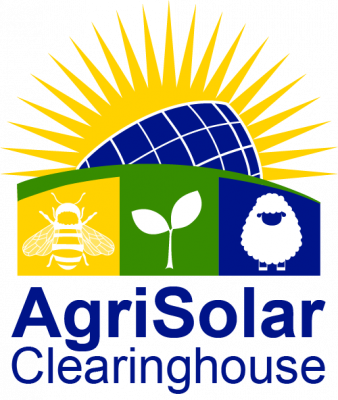Ecosystem Services of Habitat-Friendly Solar Energy
Leroy J. Walston, Heidi Hartmann, Laura Fox, Michael Ricketts, Ben Campbell, and Indraneel Bhandari, Argonne National Laboratory This section highlights several types of agrivoltaic options related to ecosystem services that include siting considerations, ecological impacts of dual-use sites, construction methods and habitat restoration strategies. One type focuses on ecologically focused siting, construction, and vegetation management […]
